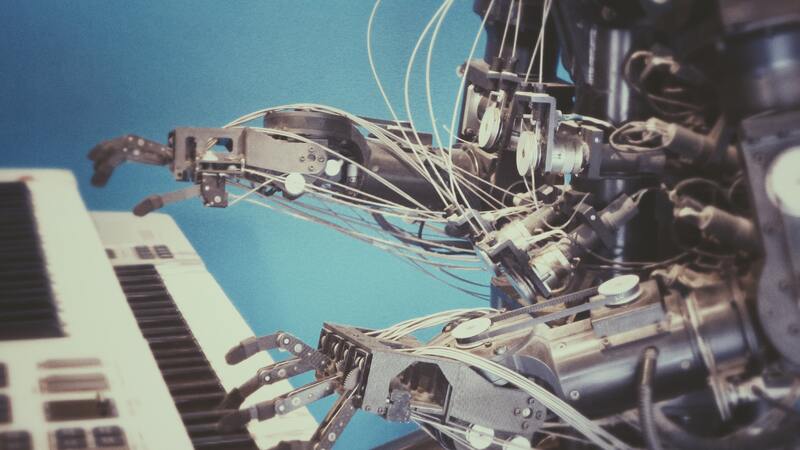Introduction
This is the era of digital transformation, with many businesses constantly seeking ways to streamline their operations. Robotic Process Automation (RPA) has emerged as a powerful tool in helping businesses automate repetitive tasks with low or no coding requirements. RPA robots are designed to perform time-consuming tasks with high accuracy and efficiency. In this blog, we will explore the use of RPA in recruitment or human resource domain and discuss the advantages and challenges associated with each approach.
The Rise of RPA in Recruitment
Recruitment is the most critical and time-consuming function in any organization. It involves various tasks such as screening resumes from potential candidates, candidate sourcing according to need, scheduling interviews based on availability, and onboarding successful candidates. Generally, these tasks have been performed by recruiters or talent acquisition teams. This process can be time-consuming and resource-intensive; however, with the advent of RPA technology, many of these tasks can now be automated.
Advantages of RPA Robots in Recruitment
- Speed and Efficiency: RPA robots can process vast amounts of data at incredible speeds. They can quickly scan resumes, extract relevant information, and match candidates to job openings. This efficiency reduces the time-to-hire, allowing organizations to fill positions faster and stay competitive in the talent market.
- Accuracy: Unlike humans, RPA robots do not suffer from fatigue or biases. They follow predefined rules and algorithms consistently, ensuring all candidates are evaluated fairly and accurately. This reduces the risk of overlooking qualified candidates or making biased decisions.
- Cost Savings: Automating repetitive tasks with RPA robots can save costs for organizations significantly. It reduces the need for an intense recruitment team and minimizes the errors that can be costly in terms of time and resources.
- 24/7 Availability: RPA robots can work around the clock, scanning job boards and processing applications even when human recruiters are unavailable. This continuous operation ensures no potential candidates are missed due to time zone differences or holidays.
Challenges of RPA Robots in Recruitment
- Lack of Human Touch: While RPA robots excel at data processing and automation, they lack the human touch often required in recruitment. Building rapport with candidates, understanding their motivations, and assessing cultural fit are aspects of recruitment that still require a human touch.
- Complex Decision-Making: Recruitment often involves complex decision-making, especially for senior or specialized roles. RPA robots may struggle to make nuanced judgments considering factors beyond what's available in a resume or application.
- Initial Implementation Costs: Setting up RPA systems and training the bots can be expensive and time-consuming. Organizations need to invest in technology, develop automation workflows, and provide training to their staff.
- Continuous Monitoring: RPA robots require ongoing monitoring and maintenance. If not properly managed, they can make errors or become outdated, which can negatively impact the recruitment process.
Finding the Right Balance
The key to successful recruitment is finding the right use cases of RPA robots and human recruiters. Organizations should view RPA bots and humans as complementary forces. Here's how this can be achieved:
- Automate Repetitive Tasks: Use RPA robots to automate repetitive and data-intensive tasks such as resume screening and initial candidate outreach. This frees human recruiters to focus on the job's more strategic and relationship-oriented aspects.
- Leverage Human Judgment: Human recruiters should step in for critical decision-making processes, conducting interviews, assessing cultural fit, and evaluating soft skills that cannot be automated.
- Continuous Improvement: Organizations should regularly review and update their RPA systems to ensure they are up-to-date and aligned with changing recruitment needs.
Conclusion
In the ongoing discussion of RPA robots versus humans in recruitment, the solution doesn't lie solely in one choice or the other. RPA robots can greatly improve the recruitment process's efficiency and precision, yet they cannot entirely supplant the human dimension. The most effective recruitment strategies will combine the advantages of technology and human expertise, resulting in a more streamlined and successful hiring process that serves the interests of both organizations and candidates.





